Supporting Health and
Wellness by Combining
Accessible Design with Comfort
and Sustainability
(Part 1)
March / April 2022
Editor’s note: In this multipart article, we examine what is likely to become an enduring trend — health and wellness — and how it’s impacted by the decisions you make about your home environment.
What does the combination of accessible design, comfort and sustainability have in common with health and wellness? Just about everything.
First, let’s define the three environmental components that contribute to health and wellness.
- Accessible residential design and construction ensures that the layout and design elements are accessible for people of all ages and abilities, allowing homeowners to stay in their homes as long as they choose, rather than how long the house allows them to. Accessible design provides occupants with independence, dignity and peace of mind, all of which contribute to health and wellness.
- Designing and building with comfort in mind takes into consideration the occupant’s comfort relative to heating, cooling, artificial and natural light and sound attenuation.


